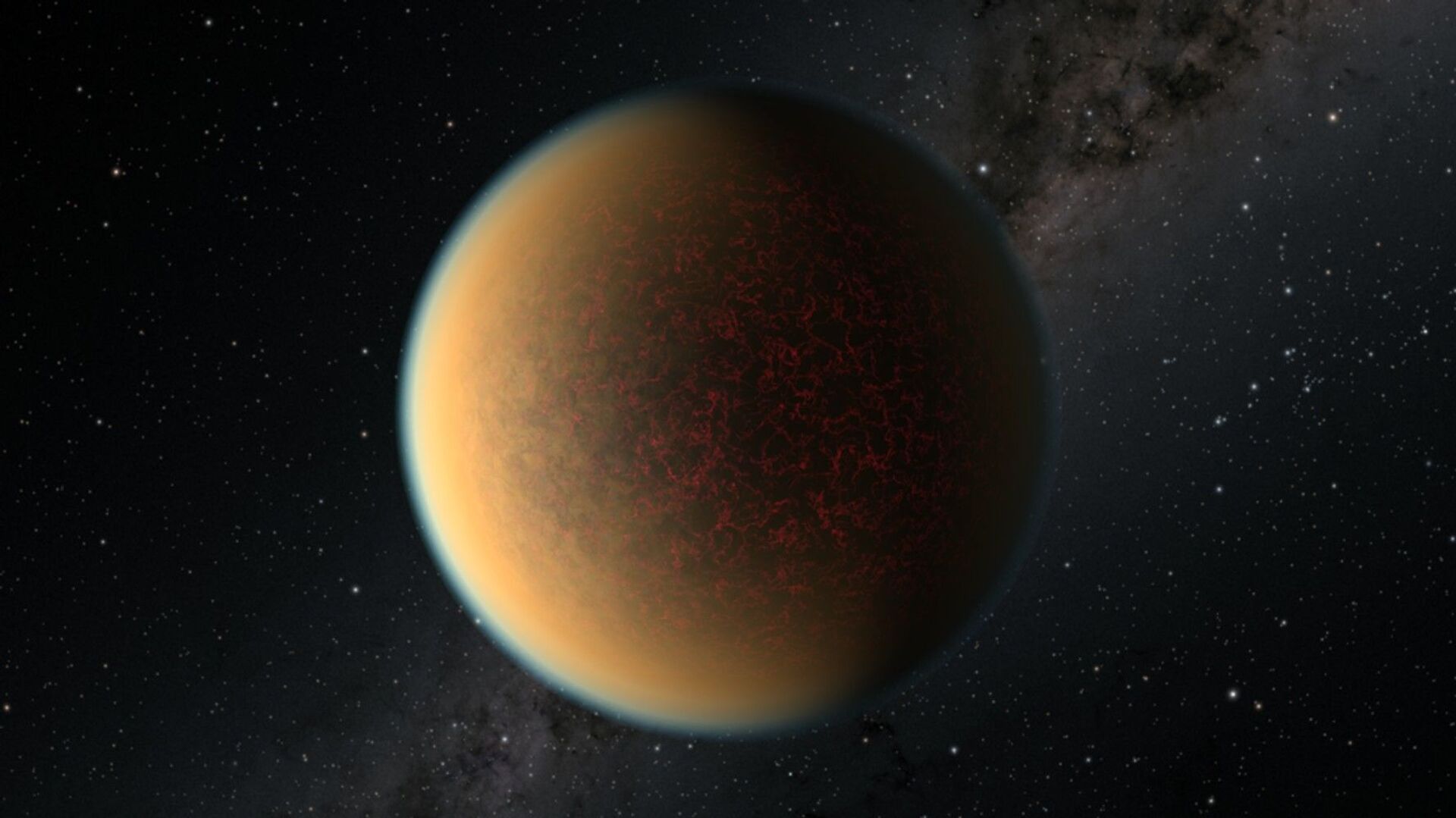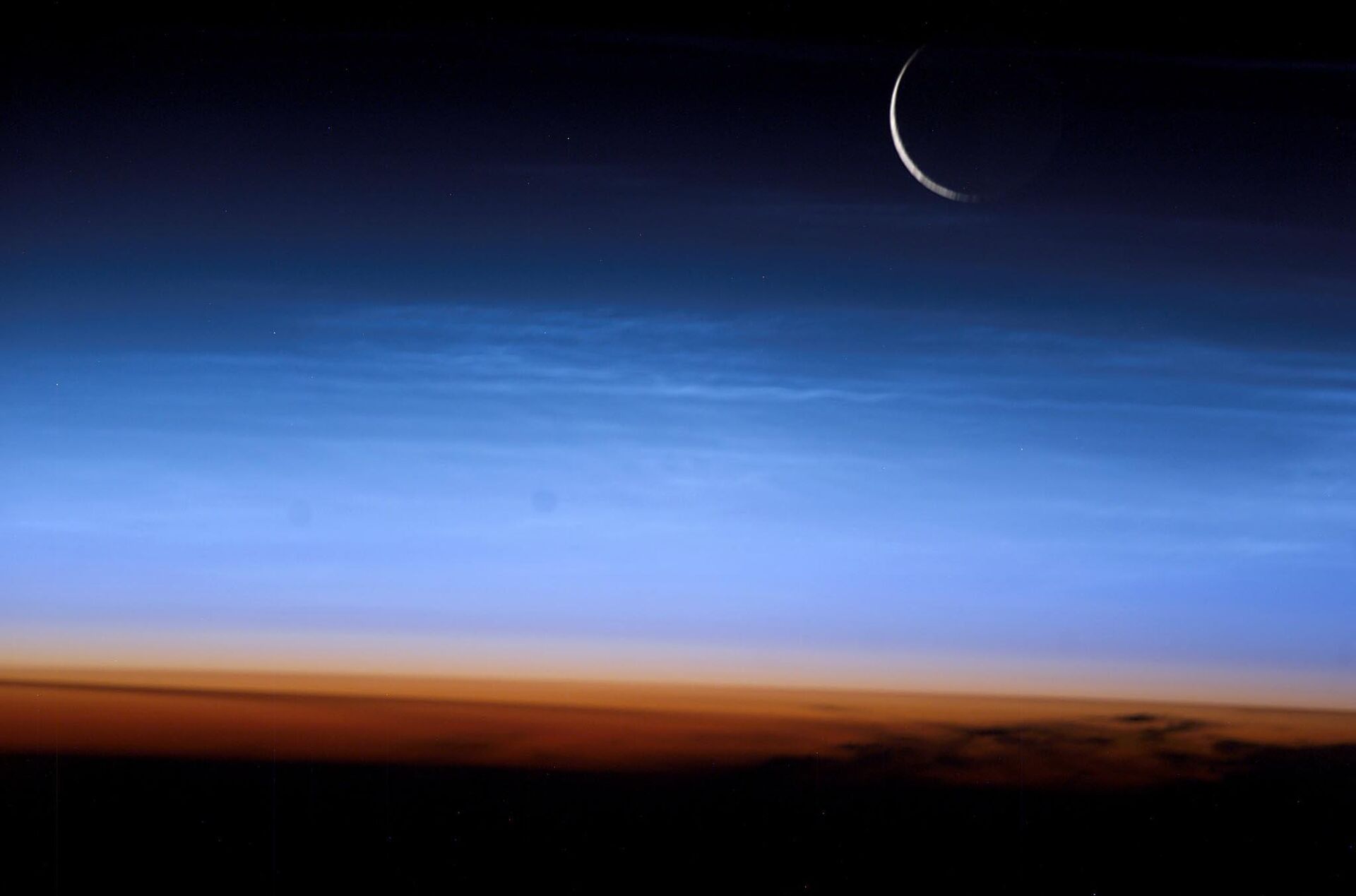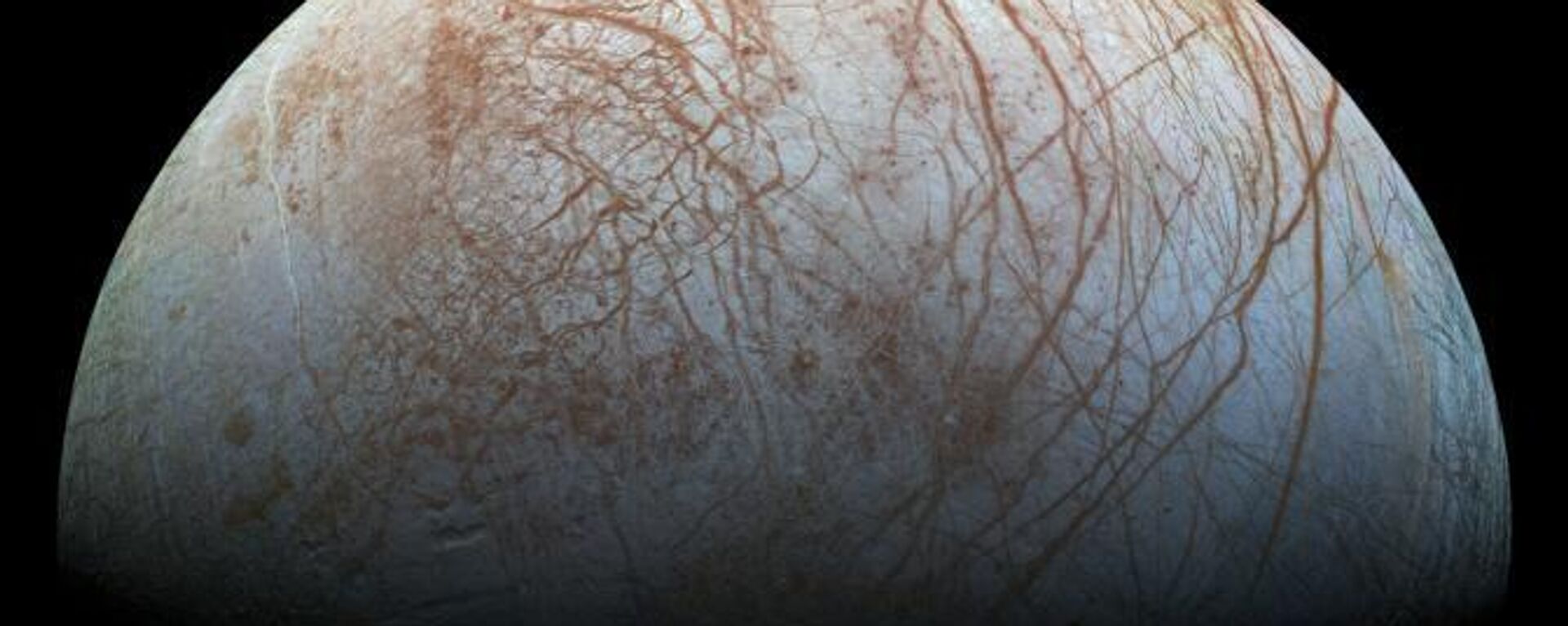Mystery of Origins of Earth’s Oxygen Takes New Twist After Tantalizing Study
13:52 GMT 06.12.2022 (Updated: 10:42 GMT 21.04.2023)

CC0 / /
Subscribe
In its infancy, Earth had low levels of oxygen that could not sustain life. Only after oxygenic photosynthesis kicked in - conversion of sunlight into chemical energy by plants, green algae, and anaerobic cyanobacteria (blue-green algae), did the rise of atmospheric oxygen (O2) pave the way for animal evolution.
Some of Earth’s early oxygen – a vital ingredient in the mix of factors rendering our planet habitable – could have originated from a “tectonic” source, a new study has suggested. Furthermore, research by a team of scientists from Laurentian University and the University of Michigan, published in Nature Geoscience, offers a partial explanation for the lack of oxygen in the form of the molecule (O2) and, accordingly, life on the other rocky planets.

This is an artist's impression of the Earth-sized, rocky exoplanet GJ 1132 b, located 41 light-years away around a red dwarf star. Scientists using NASA's Hubble Space Telescope have found evidence this planet may have lost its original atmosphere but gained a second one that contains a toxic mix of hydrogen, methane and hydrogen cyanide.
© Courtesy of NASA, ESA, and R. Hurt (IPAC/Caltech)
But first, let’s take a look back at what our planet used to be like between 2.5 billion and four billion years ago. During that period – the Archean eon – Earth, a water-world, was shrouded in a haze of methane mist, with no oxygen gas. Oxygen only existed in compounds such as water at the time. This unwelcoming phase in our planet’s life accounts for about one-third of its history.
There was another aspect to Earth’s existence at the time – its tectonic activity, which differed from the so-called plate tectonics of modern Earth. The planet we inhabit today is characterized by a phenomenon that witnesses the outermost layer of the Earth under the oceans – oceanic crust – sink into the planet’s mantle (snugly lodged between Earth’s crust and its core) at specific points of convergence. The latter are called “subduction zones.” The science is “still out” on whether such plate tectonics functioned in the Archean era.
Today’s subduction zones are associated with oxidized magmas, formed when oxidized sediments and cold water close to the ocean floor are introduced into the Earth’s mantle. Magma with a high content of oxygen and water is produced as a result.
The research carried out by the team, including David Mole at Laurentian University as well as Adam Charles Simon and Xuyang Meng at the University of Michigan, focused on testing if the absence of oxidized materials in Archean bottom waters and sediments could inhibit the formation of oxidized magmas.
So, the team gathered samples of rocks as old as 2.67 billion years from an area stretching from Winnipeg, Manitoba, to Quebec. This is deemed by scientists to be the largest preserved section of an Archean continent. The study carried out measurements using a technique called X-ray Absorption Near Edge Structure Spectroscopy (S-XANES) at the Advanced Photon Source synchrotron at Argonne National Laboratory in Illinois.

This NASA image released 10 August, 2003, shows the limb of the Earth at the bottom transitioning into the orange-colored troposphere, the lowest and most dense portion of the Earth's atmosphere.
© AFP 2023 / NASA
The results showed that oxidized magmas did form in the Neoarchean era some 2.7 billion years ago. As the absence of dissolved oxygen in water reservoirs of the time failed to obstruct the formation of oxidized magmas in the subduction zones, the research determined that the oxygen source must have been different – likely originating from volcanic eruptions into the atmosphere. Thus, the study came up with the unexpected conclusion that subduction processes back in the Archean time could have been a vital factor in the oxygenation of the Earth.

